Gear reducer gear processing (for reference)
Publication time: 2020-06-13 Website: https://ptogearboxes.com Edit: EP
Gear reducer gear processing, for reference and understanding.
There are many processes in the machining of gears of gear reducers.Cylindrical gearFor example, it includes blank processing, gear cutting pre-processing, tooth profile processing, hole finishing processing and gear tooth end surface processing.
1. Rough processing:
In terms of blank selection, the larger sizegear, Free forging is used for small batch production, and die forging is used for large batch production.
Products with a diameter of less than 50-60 mm can be used in bar stock.
After forging, the blank should be pre-heated (annealed, normalized or quenched and tempered) to eliminate oxide scale.
2. Processing before gear cutting:
Including the surface processing of gear outer circle, end face and hole, the process is determined byGear reducer gearThe production volume is determined.
When single-piece small batch production, except for the keyway, the rest of the gear blank processing processes are all made with lathes.
In mass and medium batch production, products with flat end faces and holes without steps are all used for drilling, broaching and multi-tool turning.
The products with grooves on the end surface and steps in the holes all use the hexagonal car and other solutions.
In mass production, drilling, broaching, multi-tool turning outer circle and end face schemes are generally used.
3. Tooth shape processing:
The process of tooth profile machining is mainly determined byGear accuracy grade(The processes in parentheses may not be present).
5 and 6-level gears: gear hobbing (tooth), chamfering (carburizing), (tooth shaving), heat treatment, finishing holes, gear grinding (rough grinding, fine grinding).
6. Level 7 gears: gear hobbing (tooth), chamfering (carburizing), (tooth shaving), heat treatment, smoothing and machining of holes, sharpening of teeth.
8-level gears: gear hobbing (gear shaping), chamfering (gear shaving), heat treatment, finishing holes (honing).
4. Hole finishing:
After quenching, the shape and size of the gear have changed. In order to ensure the accuracy of the base surface during the final finishing and assembly of the tooth, it needs to be trimmed.
If there are processes such as gear grinding in the future, the end face should also be processed at the same time when the hole is smoothed.
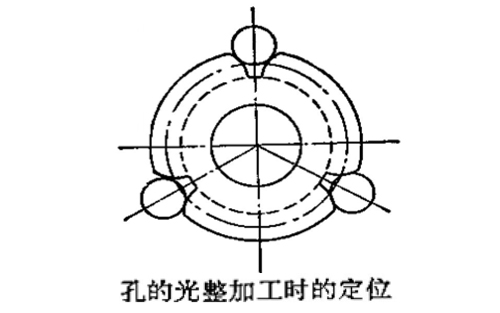
Holes that shrink uniformly after high-frequency quenching can be effectively corrected with a push knife with a small tooth lift on the press, and can also be corrected by expanding the hole with a press knife without teeth.
Holes with larger deformation and harder surface after overall quenching are generally ground with gear ring positioning.
5. Gear tooth end surface processing:
Gear tooth end face processing is generally carried out on a gear chamfering machine.
There are four methods for processing gear tooth end faces: chamfering, sharpening, chamfering and deburring.

Chamfering and deburring are used to remove sharp edges on the end faces of the gear teeth.
Chamfering and sharpening are for easy meshing when the gears slide axially.
The gear processing of the gear reducer above is for reference only. For related processing requirements, you can directly consult our technology for free, and you can choose a suitable plan according to your actual application requirements.
 Ever-Power Group
Ever-Power Group
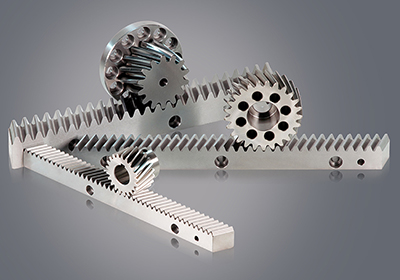
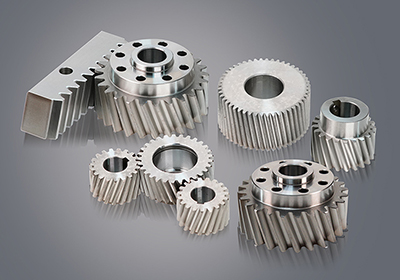
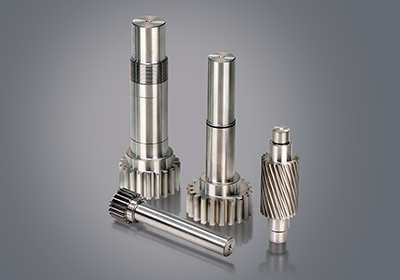
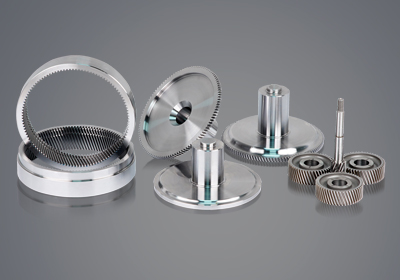
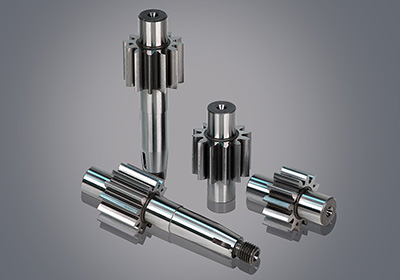
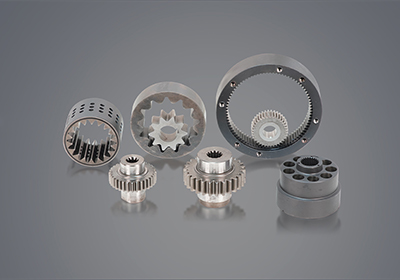
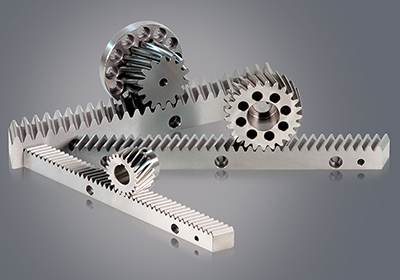
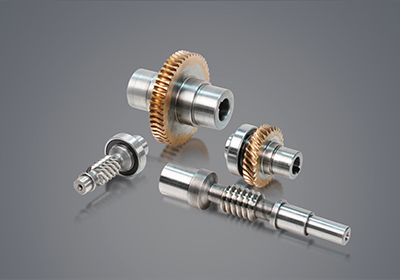


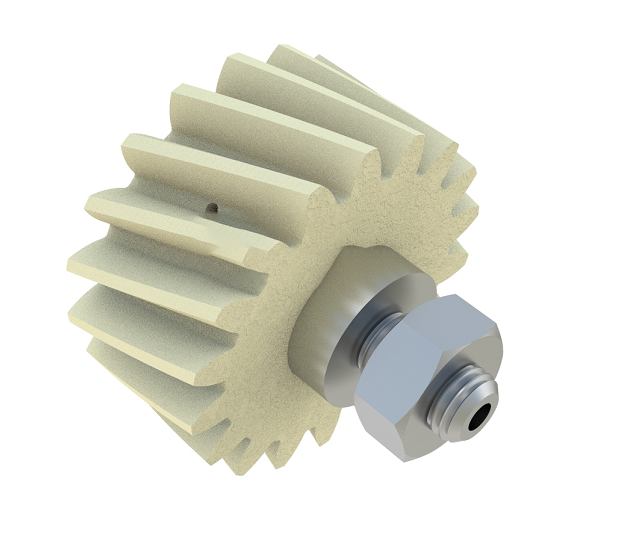
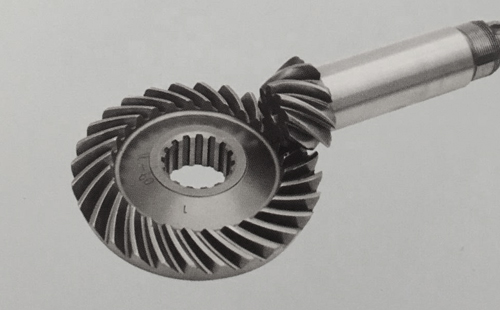
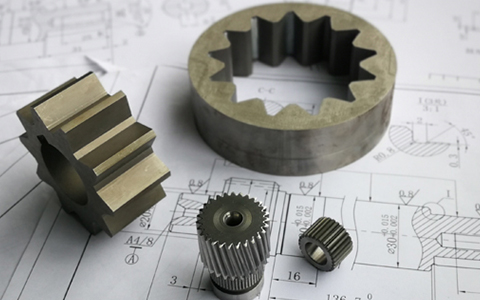
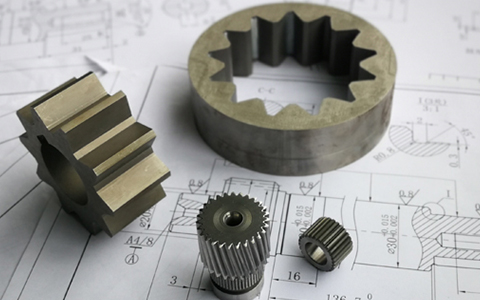
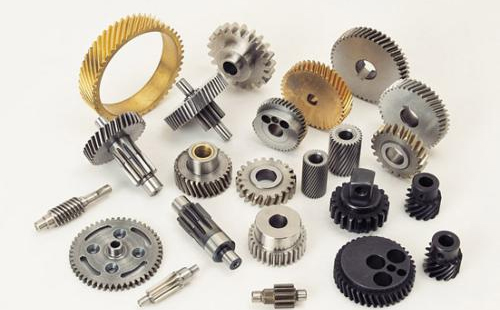
![Oil pump gear [customized]](ptogearboxes/xiaoE/upload/file/img/2020/10/5f9a8130d4e57.jpg)
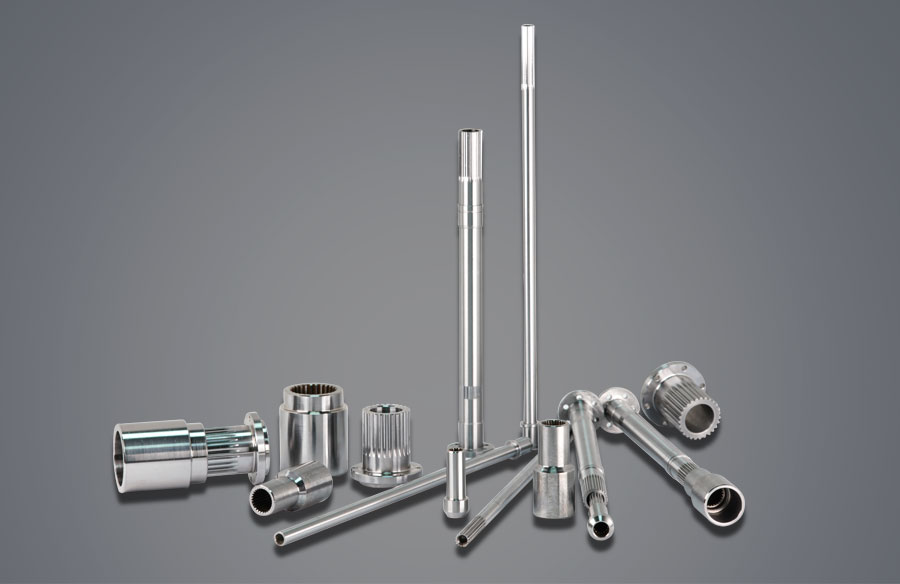
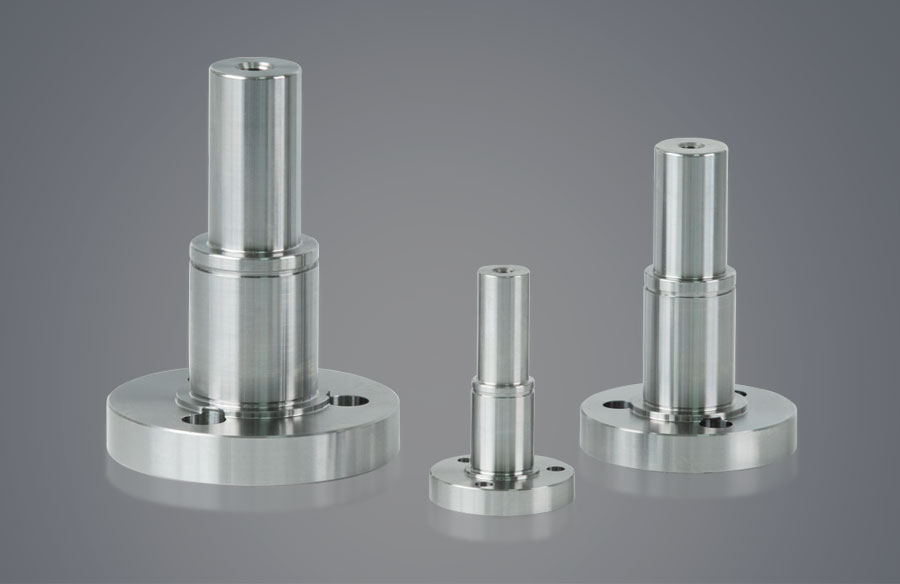
![Encoder gear [customized]](ptogearboxes/xiaoE/upload/file/img/2020/10/5f9a7c8ae4b27.jpg)
